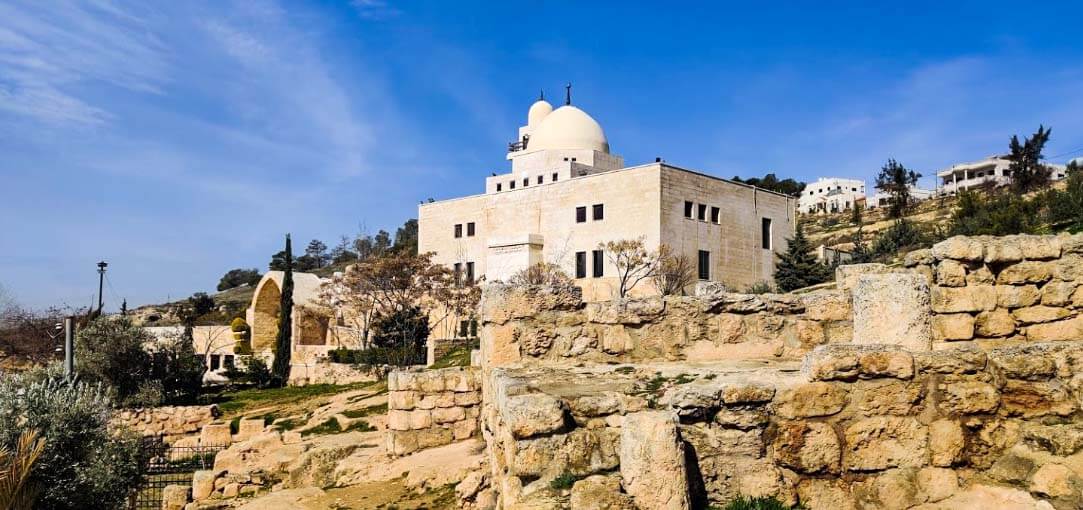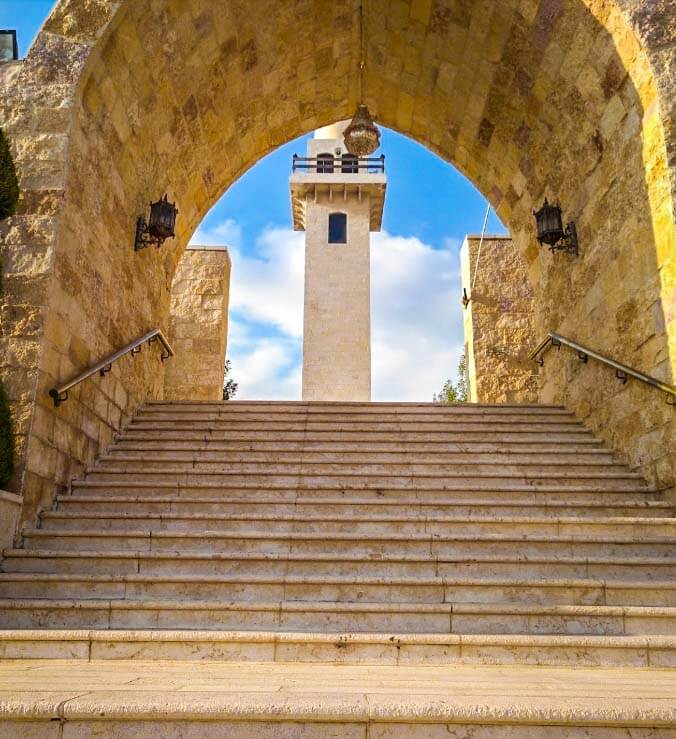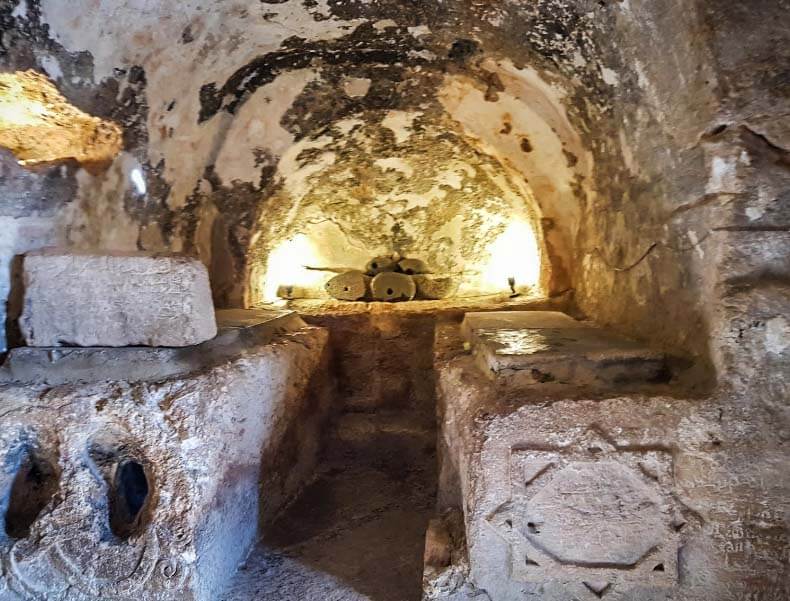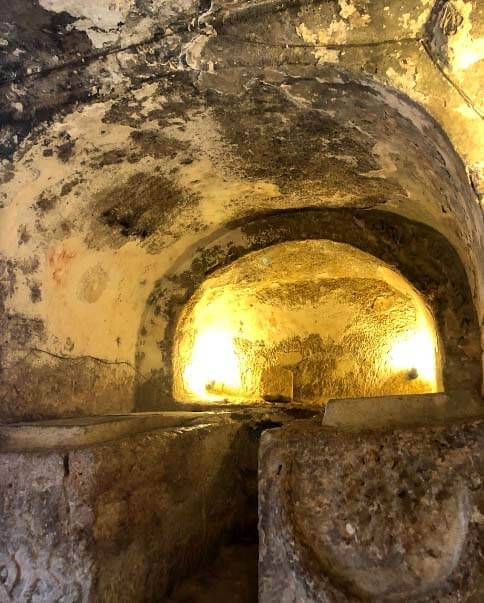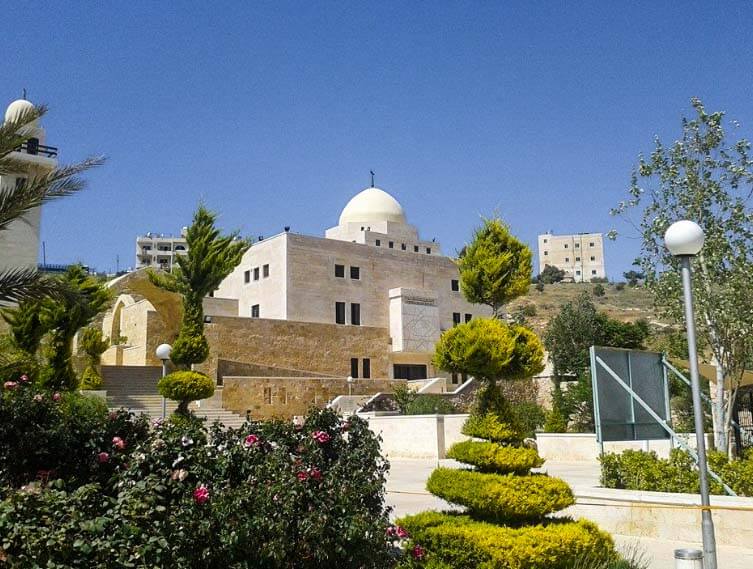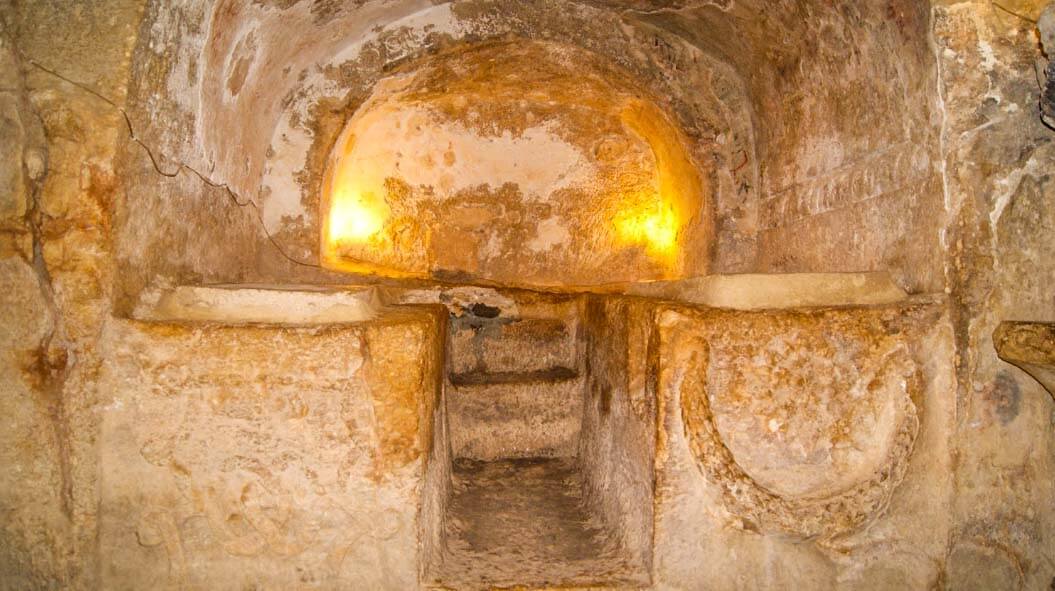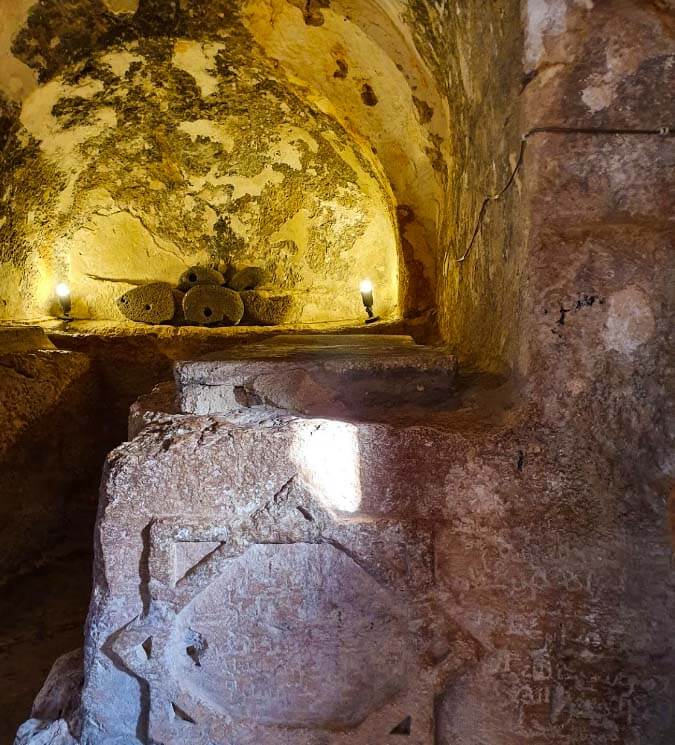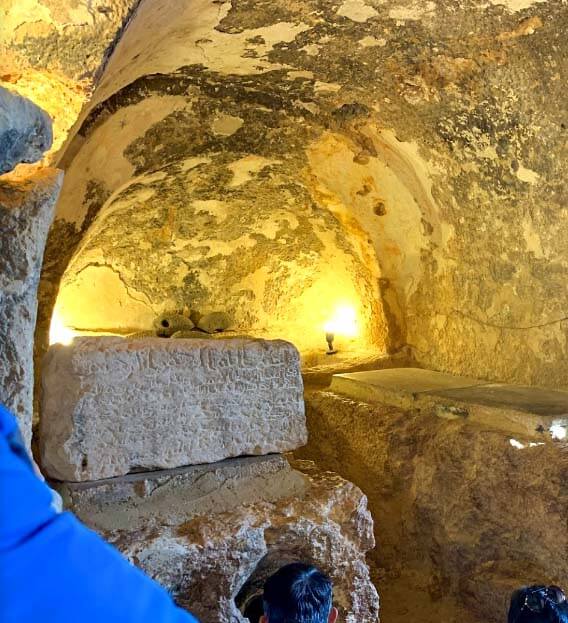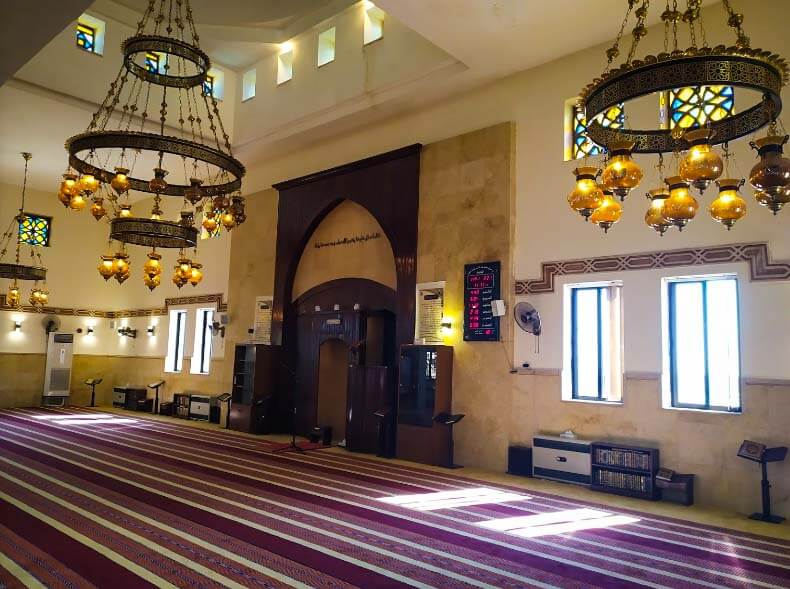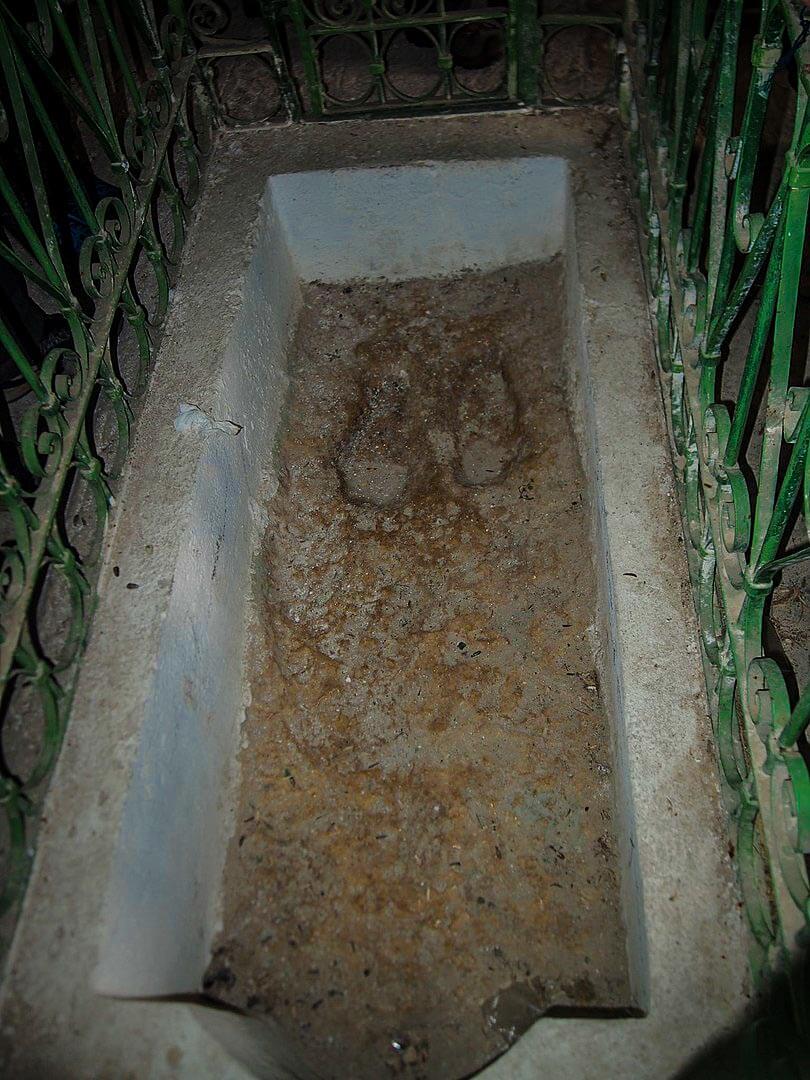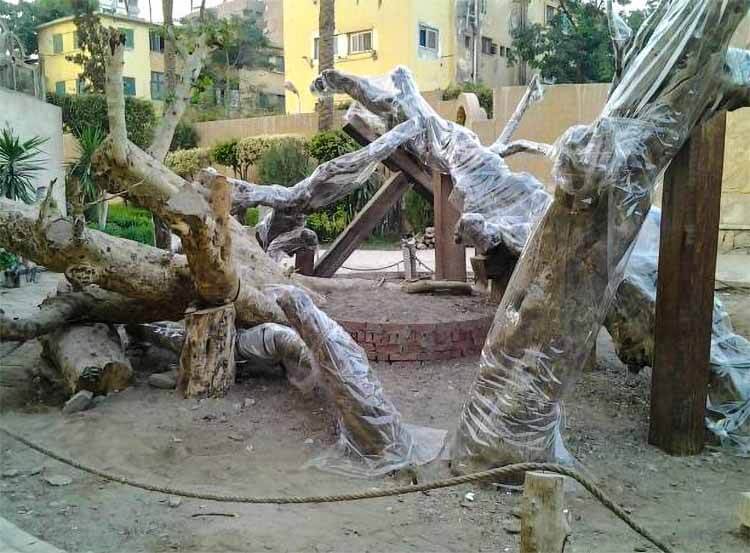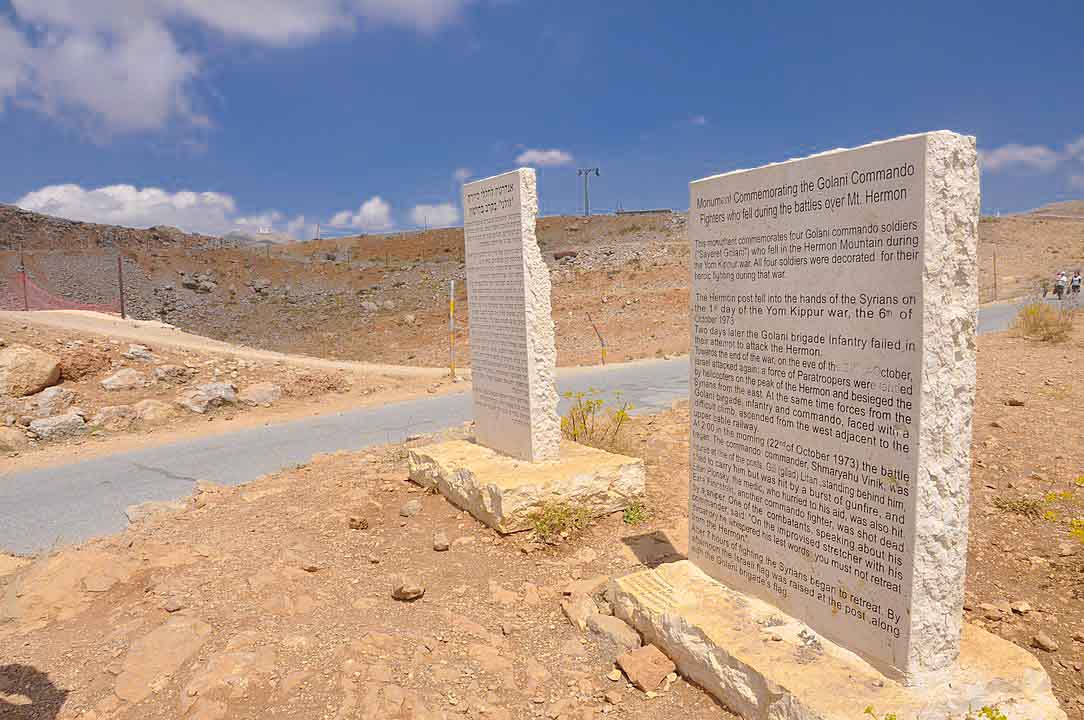Amman, Jordan
Coordinates: 31.899232, 35.973139
The Cave of the Seven Sleepers (Kahf ar-Raqim) is a historical and religious site in al-Rajib, a village to the east of Amman.
It is claimed that this cave housed the Seven Sleepers (Ashab al-kahf) – a group of young men who, according to Islamic & Christians sources, fled the religious persecution of Roman emperor Decius.
Quran mentions that these men hid in a cave (around 250 AD), emerging miraculously about 300 years later.
This cave was identified with Qur’anic record due to the name of nearby village al-Rajib, which is etymologically similar to the word al-Raqim, mentioned in al-Kahf. Some also argue the site’s correspondence with the Surat al-Kahf based on the finding of a dog’s skull near the cave door.
Discovery and Excavation
In 1951, Jordanian journalist Taysir Thabyan discovered the Cave of Seven Sleepers.
He preceded to publish its photo on the journal of the Syrian Military Police and inform the Jordanian Department of Antiquities.
The department assigned Jordanian archaeologist Rafiq al-Dajani the task of research and exploration in the cave.
They found eight smaller sealed tombs inside the main cave, with the bones preserved inside.
Other locations
Considerable debate remains concerning the exact location of this cave – various locations in Turkey including Afşin, Tarsus, and Mount Pion been suggested in addition to the al-Rajib site.
Site in jordan
The site is surrounded by the remains of two mosques and a large Byzantine cemetery.
The actual cave is a rather small, partly natural and partly man-made cave.
To the left of the entrance is an ancient olive tree. At one time a small church was built on top of the cave; this was converted to a mosque with the mihrab still being visible above the entrance.
The cave is still very well preserved. All sever sleepers graves are inside the same cave. Sometime back the Jordan Government has combined the remains of all seven graves in to one grave.
The remains are in the grave which has 2 small feet on it and it is on right hand side.
On top of the cave there are remains of an old Masjid as well.
The area around the cave is not fully explored, there are some graves as well around the cave but there is nothing mention on them.
If you are Muslim you should recite the Surah e Al-Kahf (story of sever sleepers) in Quran.
It is a very good place to reflect about the times this story has happened and see from your eyes the place where they have slept for so many years.
On top of this ‘living’ tomb, stands a destroyed mosque, the mihrab (prayer niche) of which can still be seen, directing the faithful towards Mecca.
There is a small exhibition of artefacts which were found during excavations. There are coins belonging to the Roman, Islamic, and Ottoman era. Then there is a clay bowl, a pearl necklace, a copper comb, and rings.
Know This
It is near the Sabah bus station and approximately a fifteen-minute bus ride from Amman’s Wihdat Station.
The place is quite isolated though regarded as within Amman.
If you’re not guided, please note that two of the graves are not emptied. Look properly through the glass wall and you’ll see bones etc.
Remember, the place was once ruined by earthquake; probably that explained why the bones were seen scattered.
There are timings to observe and you cannot enter after 6pm. There is a small window where you can watch the bones which the local guide say was preserved since than.
Do carry your scarf with you, and be ready to wear the long gown they give women at the entrance, as it is a religious site.
The cave closes during prayer times, during which time muslim tourists can stop at the mosque located on the premises to join prayers if they wish.



